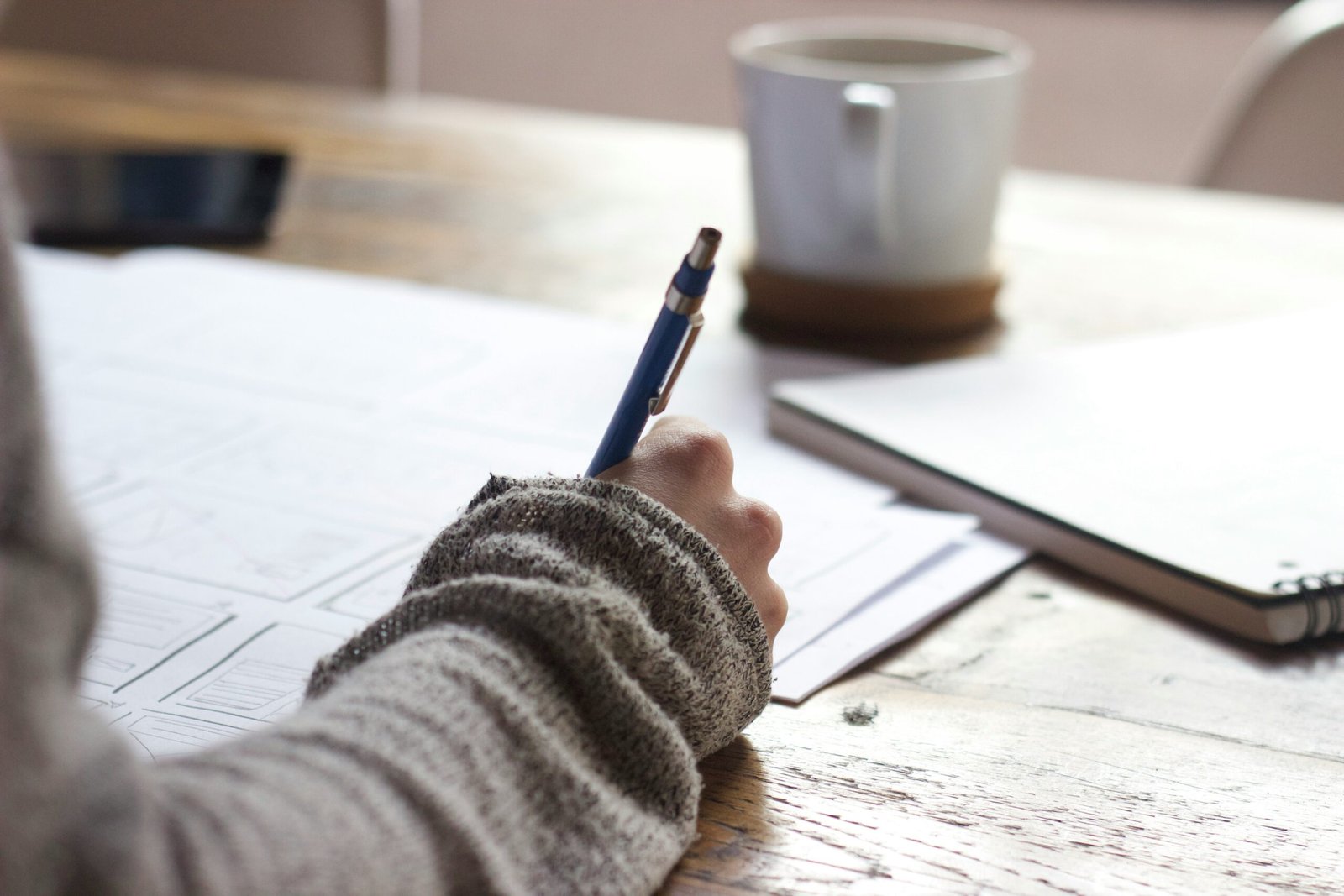
Understanding Emotional Designs
Emotional designs are not just about aesthetics; they play a crucial role in stirring consumers’ emotions and influencing their behavior and overall user experience. When it comes to design, it’s not enough to focus solely on functionality and practicality. In today’s competitive market, businesses need to create products and experiences that resonate with their target audience on an emotional level.
The Power of Emotional Connection
Humans are emotional beings, and our emotions often drive our decision-making process. When we feel a strong emotional connection to a product or brand, we are more likely to engage with it, trust it, and ultimately make a purchase. Emotional designs tap into this power by evoking specific emotions that align with the desired user experience.
For example, a website that uses warm colors, friendly fonts, and playful animations can evoke feelings of joy and excitement. This emotional connection can make users more likely to explore the site further, spend more time on it, and ultimately convert into customers.
Creating Emotional Designs
So, how can businesses create emotional designs that resonate with their target audience? Here are a few key principles to keep in mind:
1. Understand Your Audience
Before diving into the design process, it’s essential to understand your target audience and their emotional triggers. Conducting thorough market research and user testing can provide valuable insights into the emotions and experiences that resonate with your audience. By understanding their needs, desires, and pain points, you can design experiences that address these emotions effectively.
2. Use Visual Elements
Visual elements such as colors, shapes, and imagery have a significant impact on our emotions. Different colors evoke different feelings. For example, warm colors like red and orange can create a sense of excitement and energy, while cool colors like blue and green can evoke feelings of calmness and tranquility. By carefully selecting and using visual elements, businesses can create designs that elicit the desired emotional response.
Additionally, using imagery that resonates with your target audience can also enhance the emotional connection. For example, if your target audience is nature enthusiasts, incorporating images of beautiful landscapes and wildlife can evoke feelings of awe and inspiration.
3. Pay Attention to User Experience
Emotional designs are not just about aesthetics; they also need to provide a positive user experience. A design that looks visually appealing but is difficult to navigate or understand can quickly frustrate users and undermine the emotional connection. It’s important to strike a balance between aesthetics and usability to ensure a seamless and enjoyable user experience.
Consider the user journey and how different design elements can enhance or hinder the emotional experience. For example, using microinteractions, such as animated feedback when a user completes a task, can create a sense of accomplishment and delight.
The Impact on User Behavior
Emotional designs have a profound impact on user behavior. When users feel a strong emotional connection to a product or brand, they are more likely to engage, trust, and advocate for it. Here are a few ways emotional designs can influence user behavior:
1. Increased Engagement
Emotional designs capture users’ attention and create a sense of intrigue and curiosity. When users are emotionally engaged, they are more likely to explore further, spend more time on a website or app, and interact with its features. This increased engagement can lead to higher conversion rates and improved user satisfaction.
2. Building Trust and Loyalty
Emotional designs help build trust and loyalty by creating a positive and memorable user experience. When users feel connected to a brand or product on an emotional level, they are more likely to develop trust and loyalty towards it. This emotional bond can result in repeat purchases, positive word-of-mouth, and long-term customer relationships.
3. Influencing Decision-Making
Emotions play a significant role in our decision-making process. When users feel a positive emotional connection to a product or brand, they are more likely to choose it over alternatives. Emotional designs can influence users’ decision-making by creating a perception of value, desirability, and authenticity.
For example, a website that uses emotional storytelling and testimonials from satisfied customers can create a sense of trust and credibility, making users more likely to choose that brand over competitors.
Conclusion
Emotional designs are a powerful tool for businesses to connect with their target audience, influence their behavior, and enhance their overall user experience. By understanding the emotional triggers of their audience and incorporating visual elements and user-centric design principles, businesses can create designs that evoke the desired emotions and drive positive user behavior. In today’s competitive market, emotional designs are no longer just a nice-to-have; they are a must-have for businesses looking to stand out and make a lasting impact on their customers.



